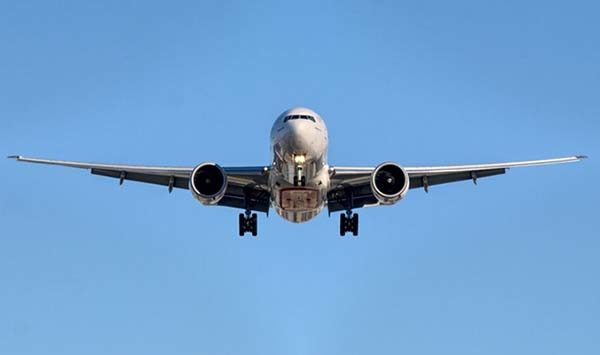Air cargo is likely to experience a rough ride more often
Forecasters say warming climate triggers more turbulence for planes and everything inside them.

When you’re moving cargo from point to point, air is usually the shipping mode that’s both the fastest and the most expensive in comparison to trucks and ships. Now scientists say it could earn one more superlative: the bumpiest.
Thanks to the warmer air temperatures associated with climate change, the skies are up to 55% more turbulent today than they were four decades ago, according to the meteorologists at the University of Reading in the U.K. The researchers found that the total annual duration of severe turbulence increased by 55% from 1979 to 2020 when measured at a typical point over the North Atlantic, one of the world’s busiest flight routes.
And since passenger planes usually haul commercial cargo as well as suitcases in their belly holds, that trend will affect your freight just as much as it does the can of soda on the seatback tray over your knees.
Specifically, the study examined “clear-air turbulence,” which can be particularly hazardous because, unlike the turbulence associated with storms, it’s essentially invisible to the remote sensing tools used for aviation. This type of turbulence is also challenging to predict because it is created by small-scale eddies that are too localized for most weather models to explicitly calculate, the researchers said.
“Turbulence makes flights bumpy and can occasionally be dangerous,” said Mark Prosser, a meteorologist at the University of Reading who led the study. “Airlines will need to start thinking about how they will manage the increased turbulence, as it costs the industry $150 to $500 million annually in the United States alone,” largely in terms of wear and tear on the plane, injuries, and damage to baggage and cargo.Related Articles
Copyright ©2024. All Rights ReservedDesign, CMS, Hosting & Web Development :: ePublishing